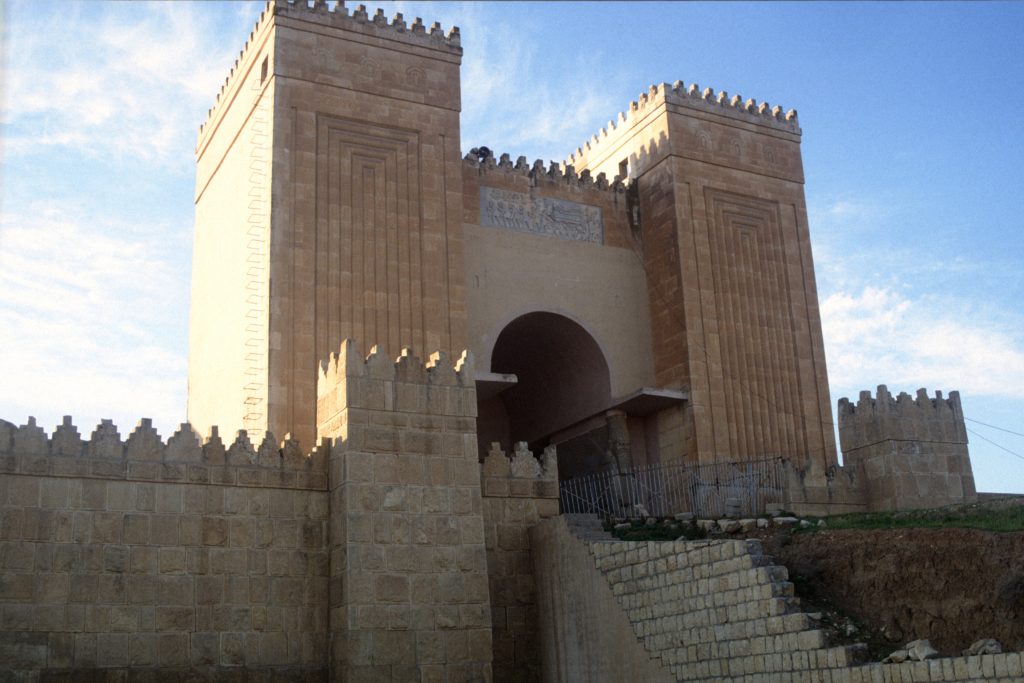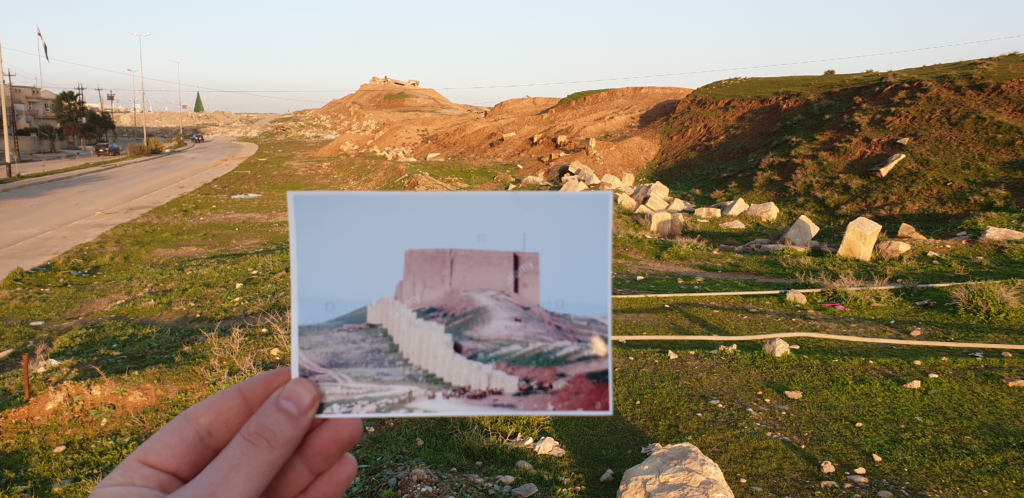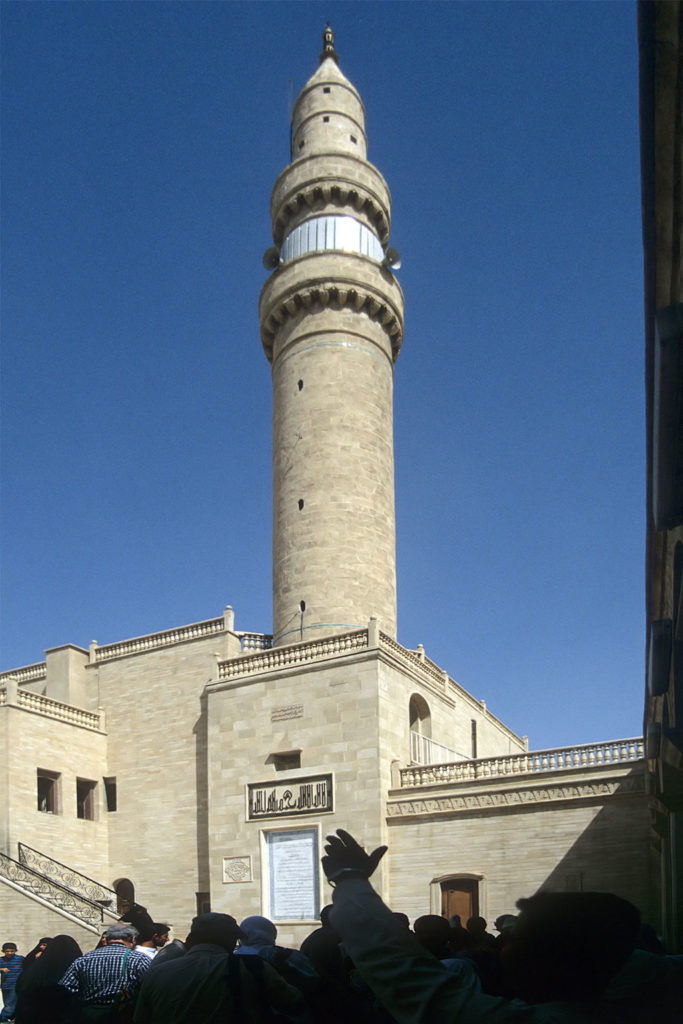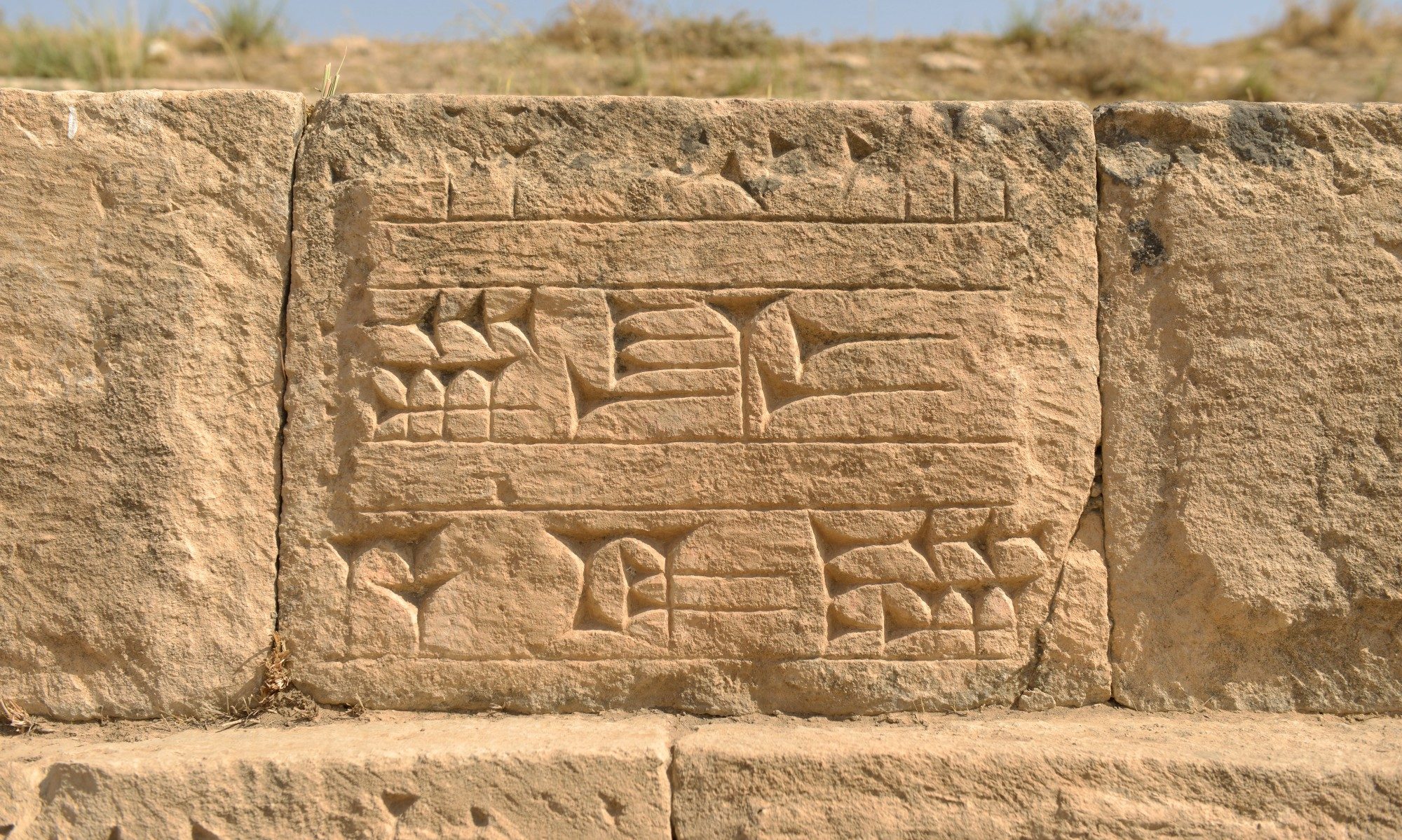The Ancient City of Nineveh
Entered into the World Heritage Tentative List in 2000
By Dr Mónica Palmero Fernández
The ancient ruins of the city of Nineveh now lie almost entirely engulfed by the urban sprawl of the city of Mosul. The ancient city enjoyed a prominent trading position in antiquity, rising to become the capital of the Assyrian empire in 705 B.C. under the reign of king Sennacherib, to support Assyrian expansion north- and eastwards. The city was finally destroyed in 612 B.C. The city has been the object of archaeological excavation since the mid-nineteenth century, mostly under the direction of the Englishman Austen Layard and Hormuzd Rassam, who was the brother of the British vice-consul at Mosul and a native of the city from a Christian family. Their discoveries are now largely housed at The British Museum in London, including the famous reliefs and the library from the palace of king Ashurbanipal.

While the proximity of the ruins to the modern town attracted the interest of explorers to the site, it also attracted the attention of Daesh militants after they captured the city in 2014. Videos showing Daesh militants defacing and destroying statues and reliefs in Mosul Museum went viral, although the large majority of artefacts had been safely sent to Baghdad for safeguarding and many of the items shown were replicas. Mosul’s exiled governor Atheel al-Nujaifi later specified that two items were real and were destroyed: an Assyrian winged bull and the God of Rozhan. Daesh had declared the Assyrian exhibit in the museum as blasphemous and idolatrous.

The ancient city of Nineveh was surrounded by a 12 km long monumental wall and gates, the remains of which have been explored to some extent by archaeologists. One of the gates, named the Adad Gate after the Mesopotamian storm god, had been partially restored in the 1960s before it was destroyed by Daesh in April 2016. The main mound in the city, called Kuyunijk, has revealed an occupation that spans from c. 6000 B.C. until 600 A.D. The Neo-Assyrian levels in the mount have been extensively explored, although little is known from the earlier life of the city. A smaller mound was occupied by a mosque built within the remains of an older Christian monastery: Tell Nebi Yunus, or Tomb of the Prophet Jonah as it was believed he had been buried there. Due to its modern occupation, the mound had not been investigated in detail, although it was believed to be the location of the “armory” complex, or perhaps the palace of king Sennacherib. In 2014, the mosque was blown up and razed by Daesh troops, who also filmed the act in their habitual manner. It was not until the liberation of the city in 2017 that archaeologists discovered the impact of the destruction as they began to explore a series of tunnels the militants had dug below the ruins of the mosque which revealed an untouched Assyrian palace, probably that of Sennacherib. These tunnels constitute explicit evidence of Daesh’s use of tunnelling in ancient ruins to loot artefacts likely to be sold in the black market. Today, it is possible to visit the tunnels virtually thanks to an expedition by BBC Arabic.
Although the greatest threat to Nineveh has been the purposeful actions by Daesh, the site is also threatened by the expanding residential areas, which continue to encroach on the ruins, as well as by the ailing Mosul Dam. If the dam fails, it could submerge the entire city under as much as 45 feet underwater and kill around 1m people.
UNESCO webpage
http://whc.unesco.org/en/tentativelists/1465/
Monuments of Mosul in Danger (affiliate project)
http://www.monumentsofmosul.com/
Explore ruins found underneath Tell Nebi Yunus
https://www.bbc.co.uk/news/resources/idt-sh/isis_tunnels




